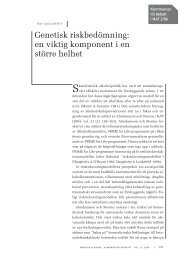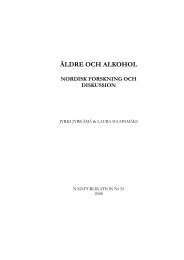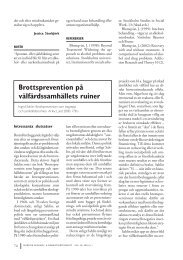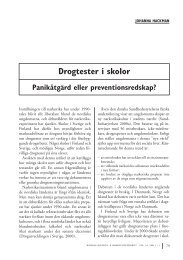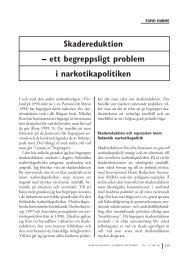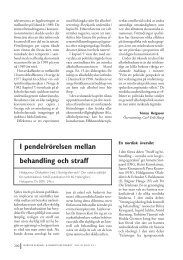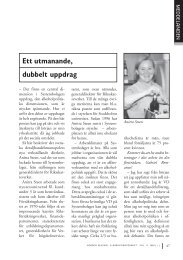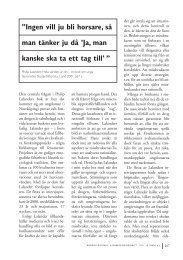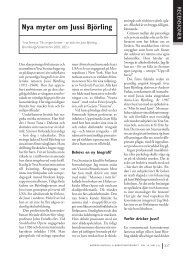CONGENITAL RUBELLA SYNDROME
CONGENITAL RUBELLA SYNDROME
CONGENITAL RUBELLA SYNDROME
You also want an ePaper? Increase the reach of your titles
YUMPU automatically turns print PDFs into web optimized ePapers that Google loves.
neuropsychological assessment yields a profile of abilities, which can be of great<br />
assistance in determining probable neurological causes of deterioration.<br />
R.J., a 16-year old girl, is hearing impaired and she uses sign language. She has<br />
been living in a school residence for the past years. The staff had noted that R.J.<br />
demonstrated behaviours such as tantrums, lessened frustration tolerance,<br />
impulsivity and social withdrawal. Even in situations when she was looking<br />
forward to participate in activities with others, she would withdraw and not<br />
participate. Judging social situations was also a problem for her. The staff had<br />
observed that she was incapable of perceiving performance errors, had difficulties<br />
in appreciating the impact she made on others, and had problems to size up a social<br />
situation appropriately. It seemed that she was unable to profit from experience,<br />
and could only make poor if any use of feedback and reality testing. R.J. was<br />
described as incapable of planning and sustaining goal-directed behaviour. At<br />
school, R.J. had problems with attention and concentration. She was referred for a<br />
clinical neuropsychological examination.<br />
R.J.'s mother had suffered from German Measles during her early pregnancy, but<br />
had a normal delivery after a pregnancy of normal length (birth weight was 2840<br />
grams). As an infant the patient had shown several typical manifestations of<br />
congenital rubella syndrome; hearing impairment, congenital heart defect<br />
(ventricular septum defect), hypotony, delayed motor development as well as<br />
oesophageal and gastro-intestinal disorders.<br />
Assessment: R.J. was subjected to an extensive neuropsychological examination,<br />
which included an intelligence test (Wechsler intelligence scale) and a<br />
neuropsychological test battery (Halstead-Reitan neuropsychological test battery).<br />
Furthermore she went through a personality assessment (PIC), and the<br />
psychophysiological arousal level was measured by a skin conductance test.<br />
The results of the intelligence tests were analysed on the basis of standardised<br />
norms developed especially for hearing impaired children (Andersen & Sisco,<br />
1976) and her full-scale score was below the average range for her age group.<br />
Further investigation showed that she performed averagely on subtests, which<br />
measured perceptual organisation (object assembly), visual recognition and<br />
identification (picture completion). However, she performed below average on<br />
subtests which revealed non-verbal conceptualisation, visuospatial understanding<br />
(block design) and psychomotor speed, visuomotor coordination (digit symbol).<br />
Digit symbol has been found to be the subtest most sensitive to cerebral<br />
impairment (Doehring, Reitan, & Kløve, 1961; Reitan & Wolfson, 1993). On the<br />
subtest which measured sequential thinking, the ability to see relationships<br />
between events, establish priorities and order activities chronologically (picture<br />
arrangement), R.J. performed far below average. This subtest has been interpreted<br />
as an indicator of understanding or competence in social situations.<br />
14



